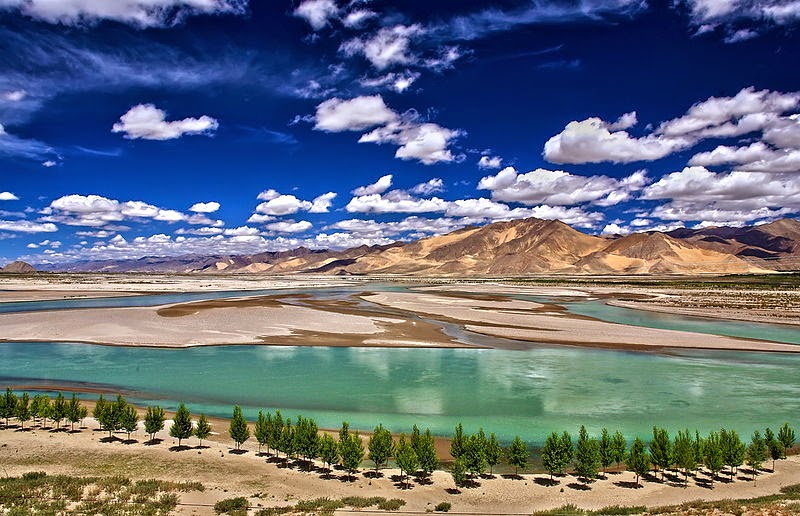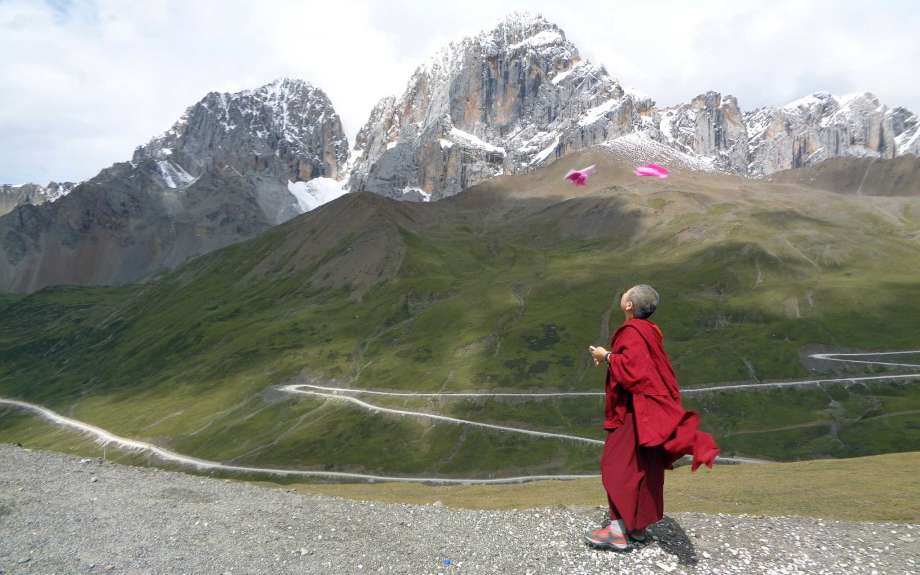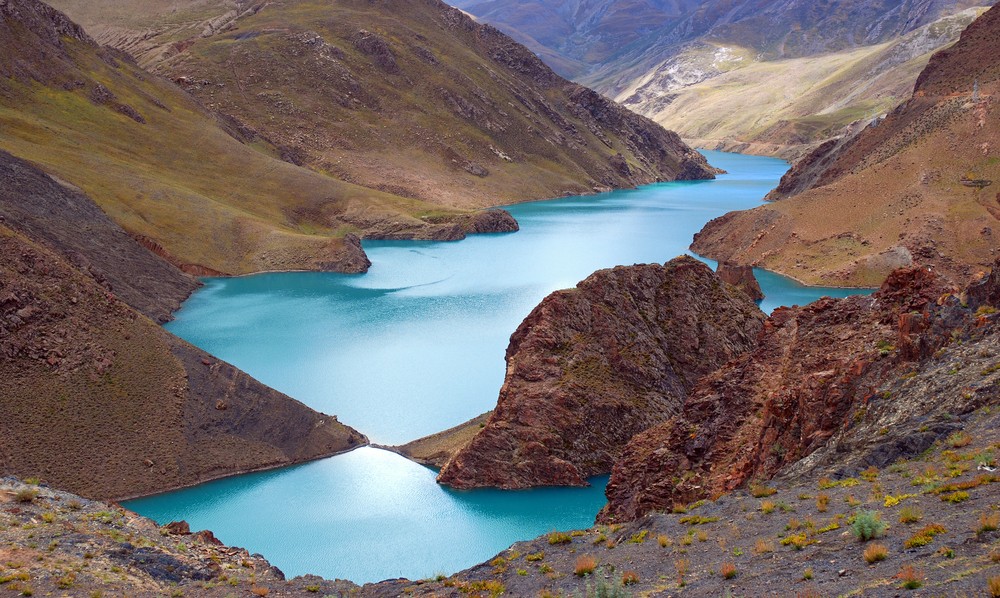
The importance of Tibet to the world’s geopolitical events is much understated. Often relegated to as the China issue, it holds enormous geopolitical and environmental significance, especially in context of Asia. As a geographical region, Tibet is a rich bed of minerals, water bodies and energy resources. It has often been referred to as the ‘Water Tower of Asia’ given that there are 10 river systems originating here, and is also considered the maker of Asian Monsoons. Chinese geologists have discovered more than 130 minerals like uranium, boron, lithium, iron etc. in Tibet. No wonder then China’s Great Leap Forward coincides with inclusion of Tibetan plateau region in their geopolitical landscape. The dynamism of Chinese economy is indeed intricately linked to this third pole of the world.
Often there have been protests to plug the rampant mining activities leading to water pollution and accountable for health disasters in the regions. Aggravating the environmental concerns are the several dam projects and diverting rivers from their original course, including the Brahmaputra. This has many a times led to India-China conflict, and well not just about the damming but also enabling a Tibetan government—in—exile in Indian Territory.
However, given its environmental importance the Tibetan plateau is of much relevance. Brahma Chellaney, a leading Indian strategic thinker and analyst, in Water: Asia’s New Battleground writes “The Tibet issue has been presented more often than not in the international literature in political or cultural terms, with the Chinese government and ethnic Tibetans supposed to be the principal players. But the Tibet issue is much larger and more fundamental: It is about Asia’s water and climate security and its ecological interests. It is also about vital resources. Fundamentally, it is about securing Asia’s future.”
For China, Tibetan plateau gains relevance in light of its defense and economic calculations. This is because the Himalayas present “by far the best vantage point for China’s defensive or offensive needs” (Tsering Shakya). Today, the region experiences increased mining, river water diversions, dam building etc. accompanied by massive environmental pollution and health disasters. Given the region is the water anchor for Asia, it becomes important to restore its ecological balance more than ever. The plateau region is ecologically fragile and requires sustainable management which serves in the best of interest for Asia. Allowing the indigenous people of the region to access the region will in fact be more beneficial as they have the inherent understanding and knowledge of the region. Indigenous people anywhere on the planet have been caretakers of their respective ecosystems for eons of centuries. They often have solutions which otherwise can be lost in the process of modernization. They are instilled, since childhood, with the technical know—how of sustainable and peaceful co—existence with the nature. Specifically here, they serve as the guardian of the Tibetan Plateau, whose cultural and religious precincts of Buddhism, functioning on principles of compassion, justice and equality, then have greater bearings.
Nevertheless, the issue of Tibet is not just a social or political issue but it holds a greater upshot— namely an ecological one. Definitely, Tibet has an enormous strategic and economic significance for the various stakeholders, but effective environmental management is the call of the hour. As a source to the major water bodies of the continent and with vast reservoir of mineral and other resources, it will serve well for all, specifically the Asians, to take better care of the region versus rampant violation of ecological balance.


